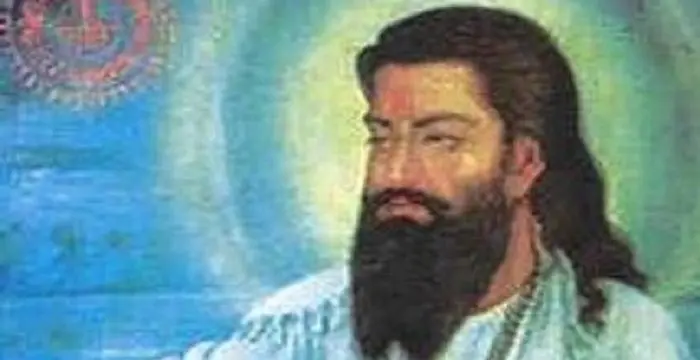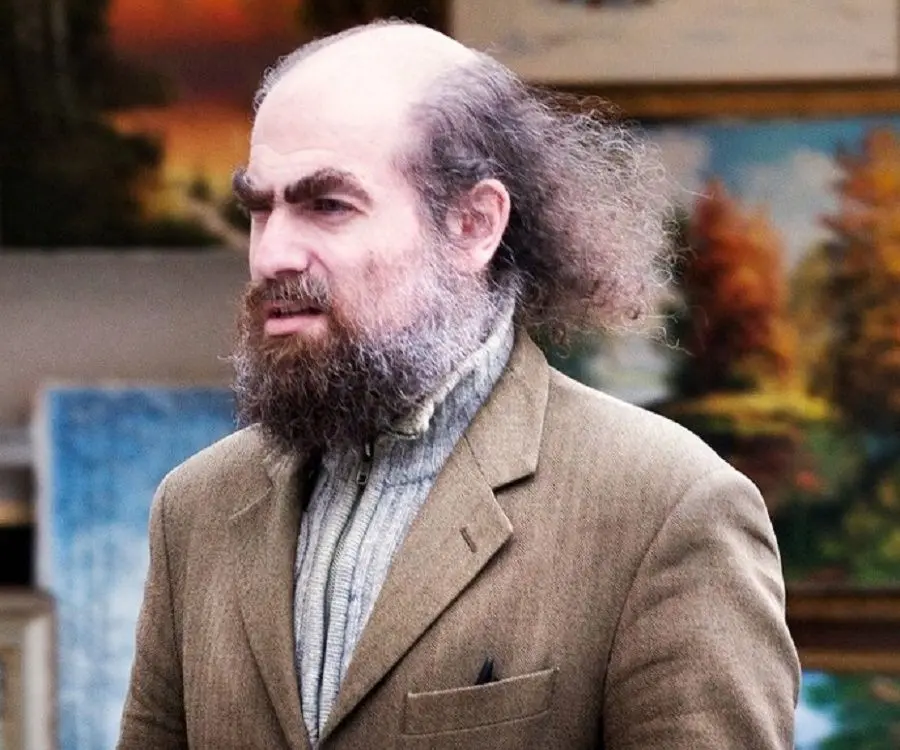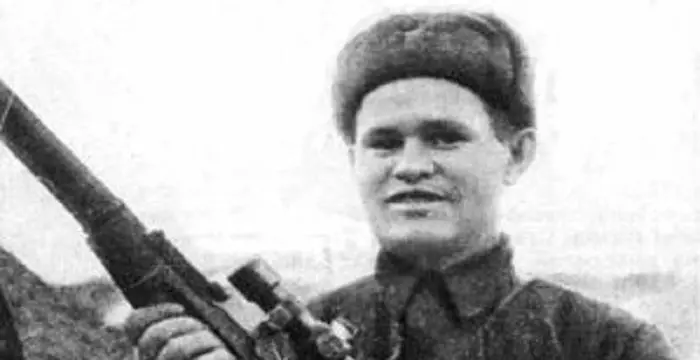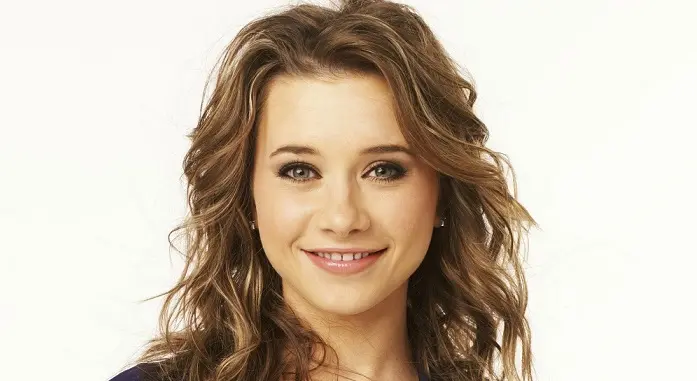
Grigori Perelman - Mathematicians, Facts and Family
Grigori Perelman's Personal Details
Grigori Perelman is a Russian mathematician who is best known for his contributions to Riemannian geometry and geometric topology
| Information | Detail |
|---|---|
| Birthday | June 13, 1966 |
| Nationality | Russian |
| Famous | Scientists, Mathematicians |
| Siblings | Elena Perelman |
| Known as | Grigori Yakovlevich Perelman |
| Universities |
|
| Birth Place | Saint Petersburg, Russia |
| Religion | Atheism |
| Gender | Male |
| Father | Yakov Perelman |
| Mother | Lubov Lvovna |
| Sun Sign | Gemini |
| Born in | Saint Petersburg, Russia |
| Famous as | Mathematician |
// Famous Mathematicians
Terence Tao
Terence Tao is an Australian- American mathematician who has contributed enormously to the field of mathematics. Check out this biography to know about his childhood, family life and achievements.
Isaac Newton
Isaac Newton was an English scientist and mathematician, who discovered gravitation and Newtonian Mechanics. Read this biography to find more on his life.
Brahmagupta
Brahmagupta was a highly accomplished ancient Indian astronomer and mathematician. This biography of Brahmagupta provides detailed information about his childhood, life, achievements, works & timeline.
Grigori Perelman's photo
Who is Grigori Perelman?
Grigori Perelman is a Russian mathematician who is best known for his contributions to Riemannian geometry and geometric topology. He made a breakthrough in solving the soul conjecture and later Thurston's geometrization conjecture, providing proof of the Poincaré conjecture. However, perhaps due to the early negative experiences he had to go through as a Jewish person in the Soviet Union, he became increasingly reclusive during most of his adult life. He even renounced many prestigious awards that he received for his invaluable work in the field of mathematics because he was “not interested in money or fame” and did not “want to be on display like an animal in a zoo”. In 2006, he declined the ‘Fields Medal’ and in 2010, he refused to take the ‘Millennium Prize’, as well as the accompanying one million dollars prize money. For the latter, he believed that he should have shared the honor with Richard S. Hamilton, the mathematician who pioneered a research program in the Ricci flow that eventually led to his work. Throughout his life, he was in “disagreement with the organized mathematical community”, and is now thought to have retired from mathematics.
// Famous Scientists
Juliane Koepcke
Juliane Koepcke is a German-Peruvian biologist, who was the lone survivor among the 92 passengers and crew of the ill-fated LANSA Flight 508 that crashed in the Peruvian rainforest on 24 December 1971. Know more about her life in this biography.
Henry Cavendish
Henry Cavendish was a theoretical chemist and physicist, renowned for discovery of hydrogen and calculation of the mass of earth. To know more about his childhood, profile, timeline and career read on
Konstantin Tsiolkovsky
Konstantin Tsiolkovsky was a Russian rocket scientist and a pioneer of astronautics. This biography provides detailed information about his childhood, family, personal life, career, achievements, etc.
Childhood & Early Life
Grigori ‘Grisha’ Yakovlevich Perelman was born on June 13, 1966 in Leningrad, Soviet Union (now Saint Petersburg, Russia) to Yakov Perelman and Lubov Lvovna. His father was an electrical engineer and his mother was a teacher of mathematics at a technical college.
He was born to Russian-Jewish parents at a time when Soviet distrust of Jews was strong, and his overtly Jewish surname made him suffer anti-Semitism throughout his life. His father later moved to Israel and his mother left graduate work in mathematics to raise him and his younger sister Elena, who also became a mathematician later.
His father, who was very proud of him, used to encourage him to solve brain teasers and math problems when he was a child, and taught him to play chess. His mother also contributed to his interest in mathematics, and also taught him to play the violin.
By the time he was ten, his talent in mathematics became obvious after he participated in district mathematics competitions. To help develop his talents further, his mother enrolled him into an elite math coaching club run by Sergei Rukshin, a 19-year-old mathematics undergraduate at Leningrad University.
With Rukshin’s help, he also improved his English and entered Leningrad's Special Mathematics and Physics School Number 239 in September 1980. In 1982, he was selected into Soviet Union’s International Mathematical Olympiad team, where he earned a gold medal and secured a direct entry into School of Mathematics and Mechanics at the Leningrad State University.
Contributions in Mathematics
During his undergraduate year, Grigori Perelman began assisting his former tutor Sergei Rukshin at his summer camps. However, he had to stop eventually as his incredibly high standards were no match for even the best students.
By the time he graduated from university in 1987, he had already published a bunch of papers on various mathematical theories. These included ‘Realization of abstract k-skeletons as k-skeletons of intersections of convex polyhedra in R2k-1’, ‘A remark on Helly's theorem’, a supplement to A D Aleksandrov's ‘On the foundations of geometry’, and ‘On the k-radii of a convex body’.
Despite his remarkable achievements in the undergraduate level, he found it difficult to get into the Leningrad Department of Steklov Institute of Mathematics because the institute did not accept Jews following an old policy. In 1990, a letter from Aleksandr Danilovic Aleksandrov to the director of the institute allowed him to pursue his graduate work there, even though under Yuri Burago instead of Aleksandrov himself.
He had already published the results of his thesis ‘An example of a complete saddle surface in R4 with Gaussian curvature bounded away from zero’ in 1989. The following year, he defended his thesis ‘Saddle Surfaces in Euclidean Spaces’.
With Burago’s efforts, he was invited into the Institut des Hautes Études Scientifiques near Paris by Mikhael Leonidovich Gromov with whom he worked on Aleksandrov's spaces. In 1992, he published his first major paper, ‘A D Aleksandrov spaces with curvatures bounded below’ in collaboration with Burago and Gromov.
He briefly returned to St Petersburg, but on Gromov’s recommendation, he obtained research positions at several universities in the United States. In 1992, he started working on manifolds with lower bounds on Ricci curvature during his stay at the Courant Institute in New York University and Stony Brook University for one semester each.
In 1993, he took two-year-long Miller Research Fellowship at the University of California, Berkeley and published papers like ‘Elements of Morse theory on Aleksandrov spaces’ and ‘Manifolds of positive Ricci curvature with almost maximal volume’. However, his biggest achievement was to answer in his paper ‘Proof of the soul conjecture of Cheeger and Gromoll’ a question asked by the mathematicians twenty years earlier.
In 1994, he was invited to address the International Congress of Mathematicians in Zürich and was offered jobs at top US universities including Princeton and Stanford. However, he returned to the Steklov Institute in Saint Petersburg in 1995 and took up a research-only position.
He initially published his paper ‘The Entropy Formula for the Ricci Flow and Its Geometric Applications’ in November 2002, but did not claim to have solved the Poincaré Conjecture. As experts hailed his paper as a breakthrough on the subject, he published a second paper, ‘Ricci flow with surgery on three-manifolds’, in which he modified Richard S. Hamilton's program to prove the conjecture.
Major Works
Grigori Perelman proved the soul conjecture in 1994 and Thurston's geometrization conjecture in 2003 (confirmed in 2006). He is best known for his work in comparison theorems in Riemannian geometry and for proving the Poincaré conjecture.
Awards & Achievements
In 1982, Grigori Perelman achieved a perfect score and won a gold medal in the International Mathematical Olympiad as part of the Soviet Union team. In 1991, he received the ‘Young Mathematician Prize’ of the Saint Petersburg Mathematical Society for his work on Aleksandrov's spaces of curvature bounded from below.
He turned down an award offered to him by the European Congress of Mathematicians in 1996. Ten years later, in 2006, he also declined the ‘Fields’ Medal, which is equivalent to ‘Noble Prize’ in the field of mathematics, stating that he was “not interested in money or fame”.
For solving of the Poincaré conjecture, he was announced to be the winner of the he first Clay ‘Millennium Prize’ on March 18, 2010. However, this time he turned down the award because he considered the decision unfair as his achievement was no greater than that of Richard S. Hamilton, the mathematician whose model he followed.
Personal Life & Legacy
According to media reports in 2010, Grigori Perelman lives with his elderly mother in a 2-bedroom flat in St. Petersburg despite owning his own studio flat. The family is sustained by his mother’s modest pension and the money sent by his sister who lives in Sweden.
Trivia
Grigori Perelman is believed to have retired from mathematics as his neighbours maintain that he now spends time playing table tennis against the wall, and is only seen while purchasing grocery from the nearby store.
// Famous Gemini Celebrities peoples
Wentworth Miller
Wentworth Miller is an American actor and screenwriter who achieved recognition for his role in the TV series ‘Prison Break’.
Joyce Meyer
Joyce Meyer is a Christian author and speaker. This biography provides detailed information about her childhood, life, achievements, works & timeline
Zoe LaVerne
Zoe LaVerne is an American musical.ly star. Check out this biography to know more about her family, personal life, including her age, birthday, etc.
Grigori Perelman's awards
| Year | Name | Award |
|---|---|---|
Other | ||
| 0 | Fields Medal | |
Grigori Perelman biography timelines
- // 13th Jun 1966Grigori ‘Grisha’ Yakovlevich Perelman was born on June 13, 1966 in Leningrad, Soviet Union (now Saint Petersburg, Russia) to Yakov Perelman and Lubov Lvovna. His father was an electrical engineer and his mother was a teacher of mathematics at a technical college.
- // Sep 1980 To 1982With Rukshin’s help, he also improved his English and entered Leningrad's Special Mathematics and Physics School Number 239 in September 1980. In 1982, he was selected into Soviet Union’s International Mathematical Olympiad team, where he earned a gold medal and secured a direct entry into School of Mathematics and Mechanics at the Leningrad State University.
- // 1982 To 1991In 1982, Grigori Perelman achieved a perfect score and won a gold medal in the International Mathematical Olympiad as part of the Soviet Union team. In 1991, he received the ‘Young Mathematician Prize’ of the Saint Petersburg Mathematical Society for his work on Aleksandrov's spaces of curvature bounded from below.
- // 1987By the time he graduated from university in 1987, he had already published a bunch of papers on various mathematical theories. These included ‘Realization of abstract k-skeletons as k-skeletons of intersections of convex polyhedra in R2k-1’, ‘A remark on Helly's theorem’, a supplement to A D Aleksandrov's ‘On the foundations of geometry’, and ‘On the k-radii of a convex body’.
- // 1989He had already published the results of his thesis ‘An example of a complete saddle surface in R4 with Gaussian curvature bounded away from zero’ in 1989. The following year, he defended his thesis ‘Saddle Surfaces in Euclidean Spaces’.
- // 1990Despite his remarkable achievements in the undergraduate level, he found it difficult to get into the Leningrad Department of Steklov Institute of Mathematics because the institute did not accept Jews following an old policy. In 1990, a letter from Aleksandr Danilovic Aleksandrov to the director of the institute allowed him to pursue his graduate work there, even though under Yuri Burago instead of Aleksandrov himself.
- // 1992With Burago’s efforts, he was invited into the Institut des Hautes Études Scientifiques near Paris by Mikhael Leonidovich Gromov with whom he worked on Aleksandrov's spaces. In 1992, he published his first major paper, ‘A D Aleksandrov spaces with curvatures bounded below’ in collaboration with Burago and Gromov.
- // 1992He briefly returned to St Petersburg, but on Gromov’s recommendation, he obtained research positions at several universities in the United States. In 1992, he started working on manifolds with lower bounds on Ricci curvature during his stay at the Courant Institute in New York University and Stony Brook University for one semester each.
- // 1993In 1993, he took two-year-long Miller Research Fellowship at the University of California, Berkeley and published papers like ‘Elements of Morse theory on Aleksandrov spaces’ and ‘Manifolds of positive Ricci curvature with almost maximal volume’. However, his biggest achievement was to answer in his paper ‘Proof of the soul conjecture of Cheeger and Gromoll’ a question asked by the mathematicians twenty years earlier.
- // 1994 To 1995In 1994, he was invited to address the International Congress of Mathematicians in Zürich and was offered jobs at top US universities including Princeton and Stanford. However, he returned to the Steklov Institute in Saint Petersburg in 1995 and took up a research-only position.
- // 1996 To 2006He turned down an award offered to him by the European Congress of Mathematicians in 1996. Ten years later, in 2006, he also declined the ‘Fields’ Medal, which is equivalent to ‘Noble Prize’ in the field of mathematics, stating that he was “not interested in money or fame”.
- // Nov 2002He initially published his paper ‘The Entropy Formula for the Ricci Flow and Its Geometric Applications’ in November 2002, but did not claim to have solved the Poincaré Conjecture. As experts hailed his paper as a breakthrough on the subject, he published a second paper, ‘Ricci flow with surgery on three-manifolds’, in which he modified Richard S. Hamilton's program to prove the conjecture.
- // 2010According to media reports in 2010, Grigori Perelman lives with his elderly mother in a 2-bedroom flat in St. Petersburg despite owning his own studio flat. The family is sustained by his mother’s modest pension and the money sent by his sister who lives in Sweden.
- // 18th Mar 2010For solving of the Poincaré conjecture, he was announced to be the winner of the he first Clay ‘Millennium Prize’ on March 18, 2010. However, this time he turned down the award because he considered the decision unfair as his achievement was no greater than that of Richard S. Hamilton, the mathematician whose model he followed.
// Famous Russian peoples
Vasily Zaytsev
Vasily Zatysev was a Russian sniper who served during the World War II. Check out this biography to know about his childhood, family life, achievements and fun facts about him.
Zyzz (Aziz Shavershian)
Zyzz (Aziz Shavershian) was a popular Australian Body Builder and internet personality. Check out this biography to know about his childhood, family life, achievements and other facts about his life.
Kristina Pimenova
Read this bio to gather several facts, trivia and many details related to the personal and family life of Kristina Pimenova.
Nikolai Valuev
Nikolai Valuev is a Russian retired professional boxer, actor, politician, and author. Check out this biography to know about his childhood, family life, achievements and fun facts about him.
Olesya Rulin
Olesya Rulin is a Russian-American actress, best known for her role in Disney's commercially successful ‘High School Musical’ franchise. Check out this biography to know about her childhood, family life, achievements and fun facts about her life.
Vitaly Zdorovetskiy
Check out all that you wanted to know about Vitaly Zdorovetskiy, the budding YouTube Personality; his birthday, family and personal life, his girlfriends, fun trivia facts and more.
Grigori Perelman's FAQ
What is Grigori Perelman birthday?
Grigori Perelman was born at 1966-06-13
Where is Grigori Perelman's birth place?
Grigori Perelman was born in Saint Petersburg, Russia
What is Grigori Perelman nationalities?
Grigori Perelman's nationalities is Russian
Who is Grigori Perelman siblings?
Grigori Perelman's siblings is Elena Perelman
What was Grigori Perelman universities?
Grigori Perelman studied at Saint Petersburg State University
What is Grigori Perelman's religion?
Grigori Perelman's religion is Atheism
Who is Grigori Perelman's father?
Grigori Perelman's father is Yakov Perelman
Who is Grigori Perelman's mother?
Grigori Perelman's mother is Lubov Lvovna
What is Grigori Perelman's sun sign?
Grigori Perelman is Gemini
How famous is Grigori Perelman?
Grigori Perelman is famouse as Mathematician

















